Coffees vary so dramatically that it is sometimes hard to know how to choose – but you can be confident that you are pointing yourself in the premium direction with knowledge of common Strains or “Cultivars.” Check out 2 more primers in this set: basic knowledge about coffee-growing Coffee Regions and why producers choose different Processing Methods is, in most cases, even more important than identifying the specific cultivar.
What do we mean by “Coffee Cultivars” ?
Coffee plants are small trees that can grow over 15 feet high, but are usually pruned shorter to facilitate easy harvest. They have delicate white jasmine-like flowers and plump oval berries that change as they mature from green to yellow, pink, red, or purple when ripe. There are several related species; the two commercially cultivated are Coffea arabica and Coffea canephora (commonly known as Robusta).
Arabica coffee is native to mountainous regions of Ethiopia, Sudan, and Kenya. Robusta coffee, which grows more easily in adverse conditions and lower altitudes, is endemic throughout Sub Saharan Africa. Something like 30-40% of coffee grown around the world is Robusta – although it has a very high caffeine content, the strong pungent flavors of these beans are intolerable to many. Robusta is commonly blended into Arabica coffees to boost caffeine and reduce price (think Folgers).
All premium coffees are varieties of Arabica. Over the generations, many distinct cultivars have been bred to meet the needs of different regions. For most farmers, considerations like adequate yield and disease resistance are the main factors in choosing which cultivars to plant. Any variety of coffee may make an excellent cup, if it can survive rough weather and pests and other challenges that farmers of this sensitive species must overcome.
“Cultivar” means a specific variety which was intentionally bred for optimum potential in commercial cultivation. Related terms like “varietal,” “strain,” or “hybrid” may be used to mean essentially the same thing. Or they may mean a newly discovered wild mutation, or a mix (“hybrid”) of both – the world of coffee is increasingly diverse with each new day! And we sure are excited to explore it with you…
But it can be overwhelming to try to understand the differences between nearly 100 widely known cultivars. Because of frequent intentional hybridization as well as unintentional cross-pollination, it is not a straightforward family tree, but a big messy pool of diverse genetics evolving constantly. For the purposes of this primer, we will stick to just the most well-established cultivars; you will see all of these names in our coffee lists from time to time.
Old-World Origins
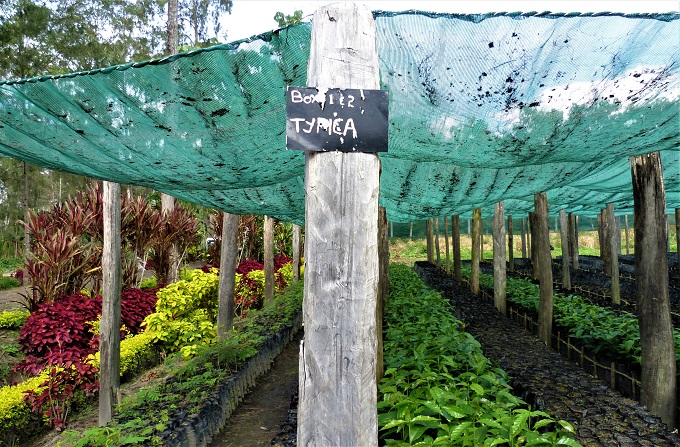
Typica – The original coffee cultivar isolated from diverse semi-wild coffee trees in Yemen, Typica beans were bred for excellent quality (but low yield) and were the first coffees planted in Indonesia and the Americas.
Bourbon – Also bred very early by farmers in Yemen, this cultivar was named after an island off of Madagascar where it was first grown on a large scale. Bourbon trees produce about 30% more than Typica trees, with comparably high-quality beans. These plants were put to work in many locations around Africa and Latin America, and today almost all existing Arabica cultivars are descendants of either Typica or Bourbon plants.
Mocha (sometimes Mocca, Mokka, or Moka) – Another old cultivar originating in Yemen, it is named after the port city from which it was exported all over the world. A unique potential for a smooth, clean, sweet and rich chocolate-like flavor made this variety famous. The original “Mocha” was an early premium-quality single-origin cup, not a chocolate flavored sugar bomb from Starbucks! More recently, farmers in various locations have bred many specialized derivatives and replicas of this original cultivar, so sometimes you may see a “Mokka” that will claim Brazilian origins – we don’t want to quibble over histories which are often fuzzy, because whether it is the original strain or a more recent replication, we still get to enjoy that lovely chocolatey cup.
Natural Mutations
Maragogipe (sometimes Maragogype) – A natural mutation of Typica discovered 150 years ago in Maragogipe village in Brazil, these giant coffee beans are sometimes known as “elephant beans.” The trees themselves are extra tall and lanky too, and although the beans are big, they are few and the average yield is considered “very low.” Flavor profiles are surprisingly flexible, changing dependent on soil and really highlighting the local terroir. Because of low yields and flat unimpressive flavors when grown in poor soils, Maragogipe trees are only rarely cultivated today, but there is still some market for them due to their novelty.
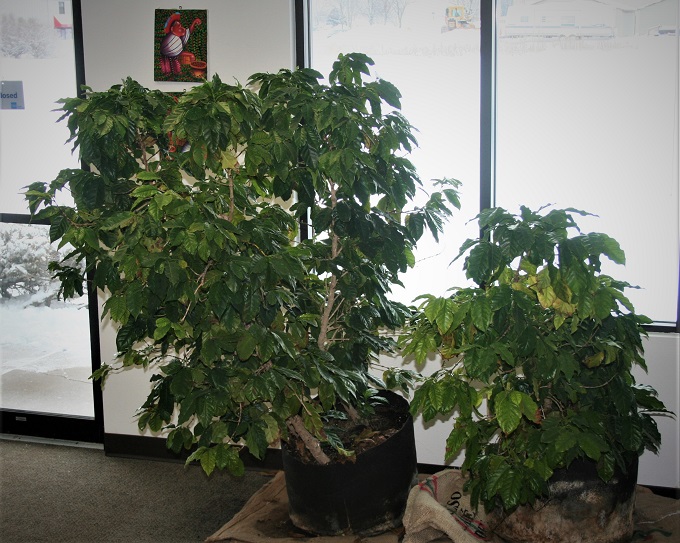
Caturra – An early fork of the Bourbon family tree originated in a natural mutation discovered 100 years ago in the town of Caturra, Brazil, then was intentionally bred because its short stature and thick trunk led to a hardiness that combined high yield and high quality. Caturra thrives at lower altitudes and is relatively more disease- and pest-resistant, but its limiting factor is a need for close attention and lots of fertilizer. Very popular in Latin America, these beans are known for the mild well-rounded flavors commonly associated with Colombian coffees.
Pacas – A more recent derivative of Bourbon, this variety is named after the Salvadoran family who noticed that one of their coffee trees was unusually short (or “dwarf”), which led to significantly higher yields because the plant was able to direct more of its energy into beans. This also makes it possible to plant the trees closer together, meaning that farmers utilizing Pacas can get much more production per acre. These beans tend to produce a cup that is well balanced with lots of spicy and floral aromas.
SL28 – Very popular throughout Africa, this cultivar was carefully bred from naturally-mutating Bourbon trees at a coffee research center in Kenya (of course it was a scientist who gave these awesome beans a totally boring name!). SL28 has many positive attributes, primarily an exceptionally high yield coupled with good drought resistance and very little need for fertilizers. This characteristic is sometimes called “rusticity” – these trees can survive for decades without any human intervention – some Kenyan farms have SL28 trees that are still very productive after 80 years! These beans are known for the big bright flavors that we have come to expect from Kenya.
Timor Hybrid (aka Indo Hybrid) – Stemming from natural cross-pollination between Arabicas and Robustas, by now a large family of varietals have branched off from this very successful cultivar. The Timor Hybrid took off in the early 1900’s after rampant coffee leaf rust disease devastated almost all Arabica trees planted in Indonesia and neighboring islands like Timor. Robusta trees are much hardier, capable of withstanding many pests, harsh weather, and other stresses that often afflict Arabica trees. And because of the rainy climate in the region, many trees produce beans all year round, which makes for a lot more harvesting work. This has prompted farmers to focus on varieties that require very little attention – “plant it and forget it” is the hallmark of the Timor Hybrid. Many Robusta-Arabica hybrids are capable of producing a very nice cup, but will tend more toward dark, woody and earthy flavors.
Intentional Hybrids
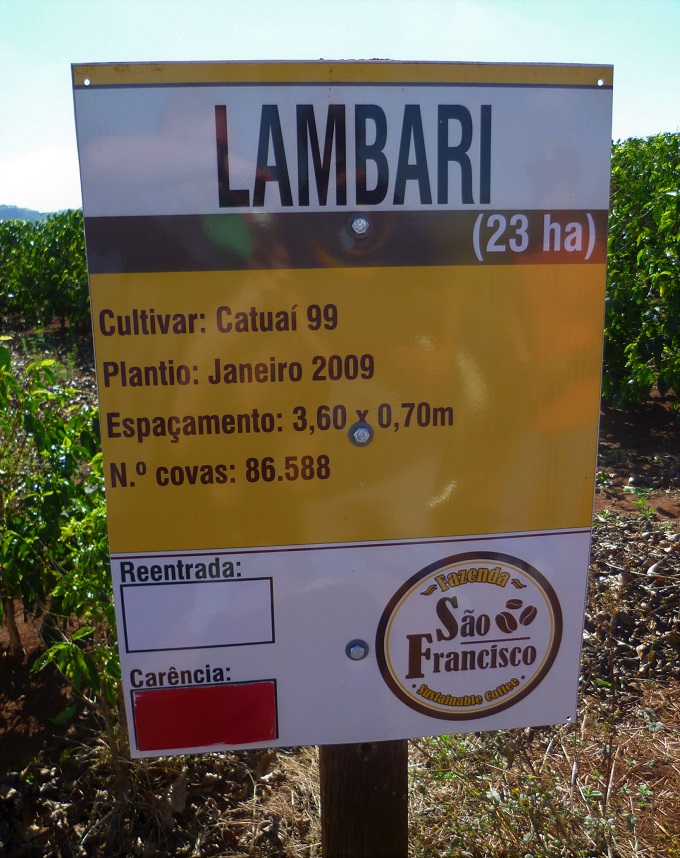
Pacamara – Combining the best aspects of both Pacas and Maragogipe, this excellent and very popular cultivar displays attributes of both dwarfism and gigantism – the trees are short, but the beans are huge! Pacamara trees are still very susceptible to diseases and pests, but they require less fertilizer and attention than other popular breeds. They are known for producing exceptional beans that give a spicy, aromatic cup.
Catuai – A hybrid of Caturra and Mundo Novo (a naturally-occurring cross-pollination between Bourbon and Typica trees), Catuai plants are extra-hardy, with sturdy fruit that do not fall off in storms, making them a reliable investment for farmers in many locations. Many coffee connoisseurs consider the flavor of these beans to be “good but not great,” so Catuai beans are less often separated into boutique micro-lots. However, there is a good chance that Catuai beans are included in many estate-wide blends, because these trees are ideally suited for planting on high ridges and other marginal lands that experience more extreme weather.
Catimor – A cross between Caturra and Timor Hybrid which is highly resistant to common diseases like rust and yields an impressive abundance of beans. The Timor Hybrid’s partial Robusta heritage makes the plant much stronger but the flavor of the beans less appealing. Catimor, hybridized again to move the cup more toward Arabica quality while still retaining the benefits of hardy Robusta, is very popular world-wide due to its early maturation and abundant production even in harsh conditions or lower altitudes. Similar to Catuai, we see micro-lots of this variety less often but can assume that it is present in many estate-wide blends.
Rare Varietals
Blue Mountain (aka Caribbean Strain) – A very famous cultivar selectively bred from Typica, primarily for resistance to coffee berry disease and increased yields at high altitudes, and first grown in Jamaica on the mountain from which it gets its name. The premium prices fetched for Jamaican Blue Mountain Coffee are primarily due to its rarity – only very specific climates and soil types can support this cultivar, and the only successful crops outside of Jamaica are in Papua New Guinea’s Wahgi Valley and the Kona micro-region of Hawaii (which also has its own unique, though closely related, Typica variant called Kona). Blue Mountain and Kona coffees are known for complex and rich flavor profiles, but they may not be 10x yummier than an artisanal single-origin Bourbon or Caturra, as a 10x higher price tag might suggest.
Gesha (sometimes Geisha) – Believed to have originated from a wild mutation discovered on Gesha Mountain, Ethiopia, in recent years it has been established as a distinctive new cultivar. It is known for unusually elongated beans and very low yields (which means it’s pricey!), and a remarkable unique flavor profile with complex aromatic floral and spicy notes. A handful of specially-processed Gesha beans coming from Panama are the trendiest thing in the premium coffee market today – when you see them come into our stock, be sure to order right away because they sell out very quickly!
Remember, almost any cultivar can produce an excellent cup – the most important factors are attentive farming and expert processing, freshness, and that perfect roast that brings out each bean’s unique strengths. The wide range of possible flavor profiles are also affected by the soil and climate of the growing region as well as each lot’s specific processing methods – a Brazil Caturra and a Colombia Caturra may look and taste very different, and the effects of Natural or Washed processing methods may produce widely divergent flavor profiles even in beans coming from the exact same fields. Be sure to always consult tasting and roasting notes to better understand the potential of each unique lot.
SEE OUR FULL LIST of premium COFFEES for home coffee roasting
Read our other primers: Coffee Regions, Coffee Processing Methods, and Coffee Roast Styles
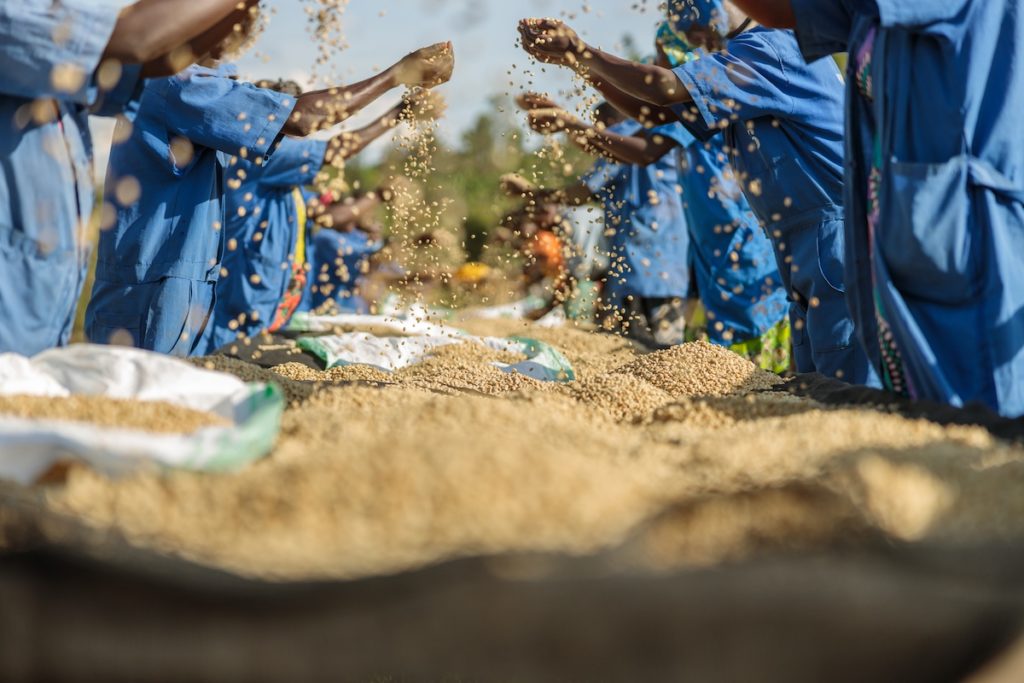
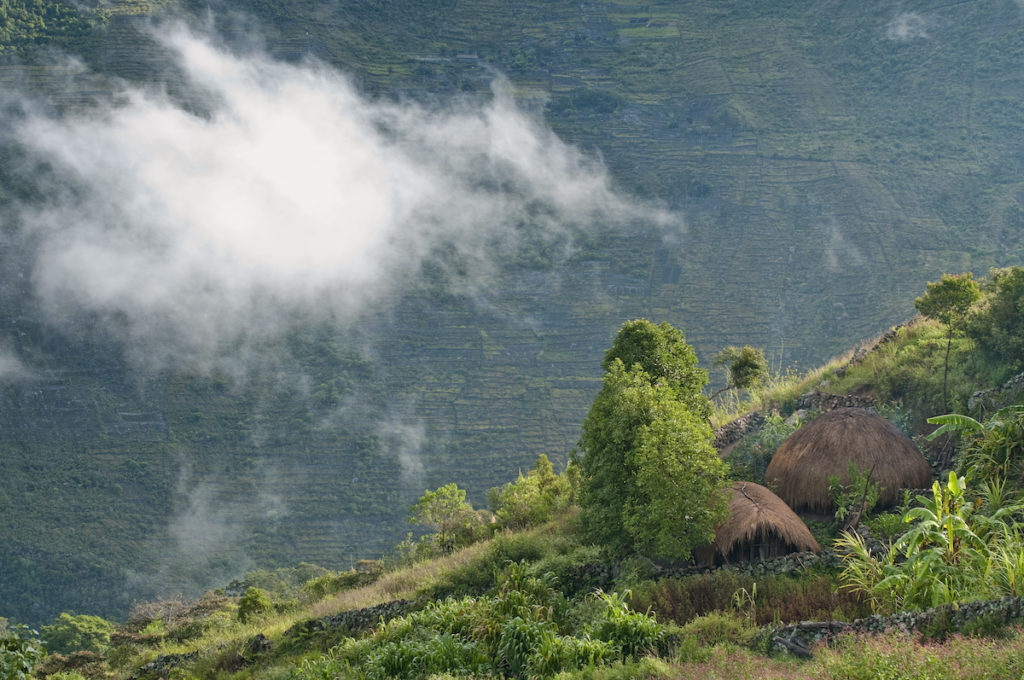

3 thoughts on “Guide to Coffee Cultivars”